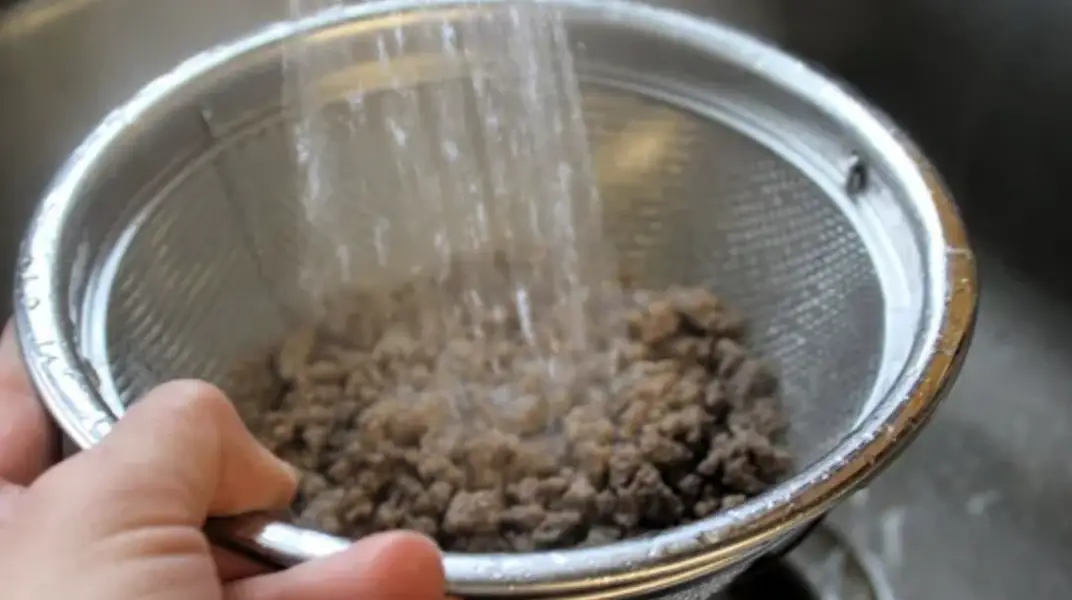
Ground Beef: To Wash or Not to Wash? Unveiling the Truth
Ground beef is a versatile staple in kitchens worldwide, serving as the foundation for a multitude of dishes. However, a debate persists about whether washing ground beef before cooking is necessary or even safe. In this blog post, we’ll delve into the practice of washing ground beef, examining its benefits, potential risks, and providing insight into the best practices for handling this ingredient to ensure both flavor and safety in your culinary creations.
Understanding the Rationale Behind Washing Ground Beef:
Washing ground beef is often done to remove excess fat, blood, and residual bone fragments that might be present after the meat is ground. The idea is to enhance the meat’s texture and reduce any potential off-flavors. However, there are differing opinions on whether this practice is essential or even recommended.
The Pros of Washing Ground Beef:
- Fat Reduction: Washing ground beef can help remove some of the excess fat, resulting in leaner meat for your recipes.
- Removal of Residues: Washing can eliminate any residual blood, bone fragments, or other debris that might be present after grinding.
- Customization: Washing the meat allows you to customize its texture, especially if you prefer leaner beef.
The Potential Risks of Washing Ground Beef:
- Cross-Contamination: Washing ground beef can lead to cross-contamination if not done properly. Splashing water can spread harmful bacteria to your hands, utensils, and surrounding surfaces.
- Loss of Flavor: Washing ground beef can remove some of the meat’s natural juices and flavors, potentially resulting in less flavorful dishes.
- Temperature Danger Zone: When washing ground beef, the meat might enter the temperature danger zone (40°F to 140°F or 4°C to 60°C) where bacteria can multiply rapidly, increasing the risk of foodborne illness.
Best Practices for Handling Ground Beef:
- Consider the Source: Purchase ground beef from reputable sources to minimize the chances of bacterial contamination.
- Cook to Proper Temperature: Cooking ground beef to an internal temperature of 160°F (71°C) ensures the destruction of harmful bacteria.
- Safe Food Handling: Practice safe food handling by washing hands, utensils, and surfaces that come into contact with raw ground beef.
- Pat Dry: If you choose to wash ground beef, pat it dry with paper towels after washing to remove excess moisture without compromising flavor.
- Temperature Control: Keep ground beef refrigerated until ready to cook to prevent bacterial growth.
Conclusion:
While the debate over whether to wash ground beef persists, the consensus leans toward avoiding washing due to potential risks of cross-contamination and flavor loss. Instead, prioritize safe food handling, cooking ground beef to the proper temperature, and choosing quality sources to ensure both safety and flavor in your culinary creations. If you do choose to wash ground beef, be cautious and follow best practices to minimize risks. Ultimately, whether or not to wash ground beef is a matter of personal preference, but ensuring safe cooking practices should always be a priority in the kitchen.






